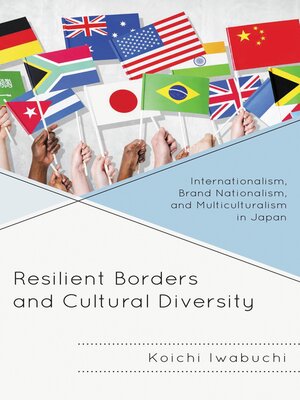Resilient Borders and Cultural Diversity
ebook ∣ Internationalism, Brand Nationalism, and Multiculturalism in Japan · New Studies in Modern Japan
By Koichi Iwabuchi

Sign up to save your library
With an OverDrive account, you can save your favorite libraries for at-a-glance information about availability. Find out more about OverDrive accounts.
Find this title in Libby, the library reading app by OverDrive.



Search for a digital library with this title
Title found at these libraries:
| Library Name | Distance |
|---|---|
| Loading... |
The acceleration of media culture globalization processes cross-fertilization and people's exchange beyond the confinement of national borders, but not all of them lead to substantial transformations of national identity or foster cosmopolitan outlook in terms of openness, togetherness and dialogue within and beyond the national borders. Whilst national borders continue to become more and more porous, the measures of border control are constantly reformulated to tame disordered flows and tightly re-demarcate the borders—materially, physically, symbolically and imaginatively. Border crossing does not necessarily bring about the transgression of borders. Transgression of borders requires one to fundamentally question how borders in the existing form have been socio-historically constructed and also seek to displace their exclusionary power that unevenly divide "us" and "them" and "here" and "there."
This book considers how media culture and the management of people's border crossing movement combine with Japan's cultural diversity to institute the creation of national cultural borders in Japanese millennials. Critical analysis of this development is a pressing matter if we are to seriously consider how to make Japan's national cultural borders more inclusive and dialogic.
This book considers how media culture and the management of people's border crossing movement combine with Japan's cultural diversity to institute the creation of national cultural borders in Japanese millennials. Critical analysis of this development is a pressing matter if we are to seriously consider how to make Japan's national cultural borders more inclusive and dialogic.







